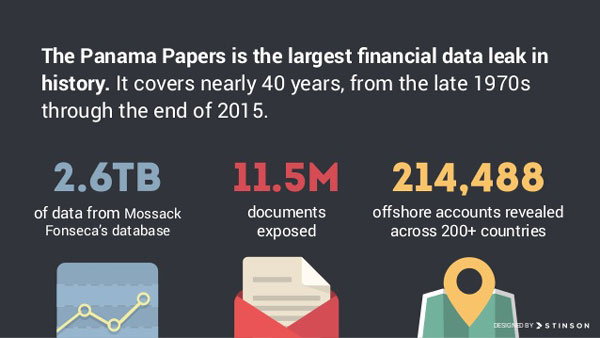
Lets all do the Peppermint Twist, for real! All old things are new again. Todays technology has advanced enough to let you take advantage of a static site again. Even though we have been working to make all websites dynamic, its time to reap the benefits of some old school strategies.
Back in the beginning the very first website was static. Meaning, it was a folder with some HTML documents in it. The user would navigate between the documents pages with hyperlinks. As websites grew it was necessary and popular to use SQL-based relational databases to keep the content separate from the design.
Websites eventually moved towards using what is called a LAMP stack and CMS’s like WordPress, Joomla, and Drupal. These are dynamic, database driven sites. Although they solved a lot of problems at the time and moved the internet forward, they are not without their own problems.
These CMS’s are very vulnerable to known exploits. Beyond security, scaling a database driven site is a problem. The complexity of these sites running dynamic code is huge. It can be very costly to get the needed performance out of a hosting account.
Hosting companies like GoDaddy will entice you with a $3.99 per month hosting account. They will have one click, CMS of your choice, installation. It all looks grand. The reality is, once your website is up it will soon run out of resources. It will be slow, it will stall, it will hang.
When you call to get the problem solved they will immediately tell you that you need to move to a higher, more powerful hosting plan. Next thing you know, to get your “simple” blog running you are now paying $7.99 per month or a LOT more.
Then there is security. To keep the site current and safe from exploits takes a lot of man hours. You can not let you WordPress site sit. The site and the plugins must be kept updated. Remember the Panama Pagers information leak? That all started with an out of date version of WordPress.

It is not uncommon for people to expect to be able to maintain the CMS themselves. This notion quickly fades as other demands keep people from learning all the ins-and-outs. Consequently they never pick up the skills needed and end up paying someone else to keep things current and secure.
Static sites avoid a lot of the pitfalls of a dynamic driven site. They have no database to drive them. Static sites do not need the resource heavy, expensive, powerful web hosting for them to perform well. Because they are static there is nothing to maintain and nothing to exploit.
Why haven’t you been using a static site all along?
Web browsers are very powerful today compared to just 5 years ago. Many things that once needed to be run on a web server can now be taken care of within the browser. Advancements in internet speeds as well as the incredible advancements in electronic devices has shifted the playing field.
Basically, this is not your father’s tech world. Well, to be more accurate, this is not your tech world from 8 years ago. Things have changed and the older model of a static website can now have all the features of a dynamic driven site, without the pitfalls.
So, What the Hell is Jekyll?
My pick for a static site builders is something called Jekyll. To over simplify it, you build the site locally. As you build it, using templates, includes, and MarkDown it compiles all the static files in one folder for you. Then you can just upload the content of that folder to your web hosting service and you have a static site.
Now, that is a massive over simplification but still true to the facts. It is more work to setup, initially, as a standard CMS bight be. However you get back all that time in the form of much easier maintaining and updating.
I have been working with Jekyll for some time and I appreciate what it can do. It is not for every site but I have found it could be useful to a lot. Many people start off with grand ideas of using every resource a WordPress driven site can offer. Only to find out a year on that they are not using a tenth of what they had envisioned.
Is a Static Site Right For You?
It comes down to having a realistic view of what your website will do. Once you realize your website is not going to be as fancy as Tesla’s or Facebook. You may come to the conclusion that a static site might be the right fit for you. A static site is also very flexible and expandable which makes it a great choice if you are starting a new site.
Should you Jekyll? I would bet a lot of sites would benefit greatly from switching to a static format. I also believe you will see more and more static sites in the future. We are coming around full circle. A modern static site is a far cry from the very first website. But in spirit, it has a connection to the very beginning of the web.